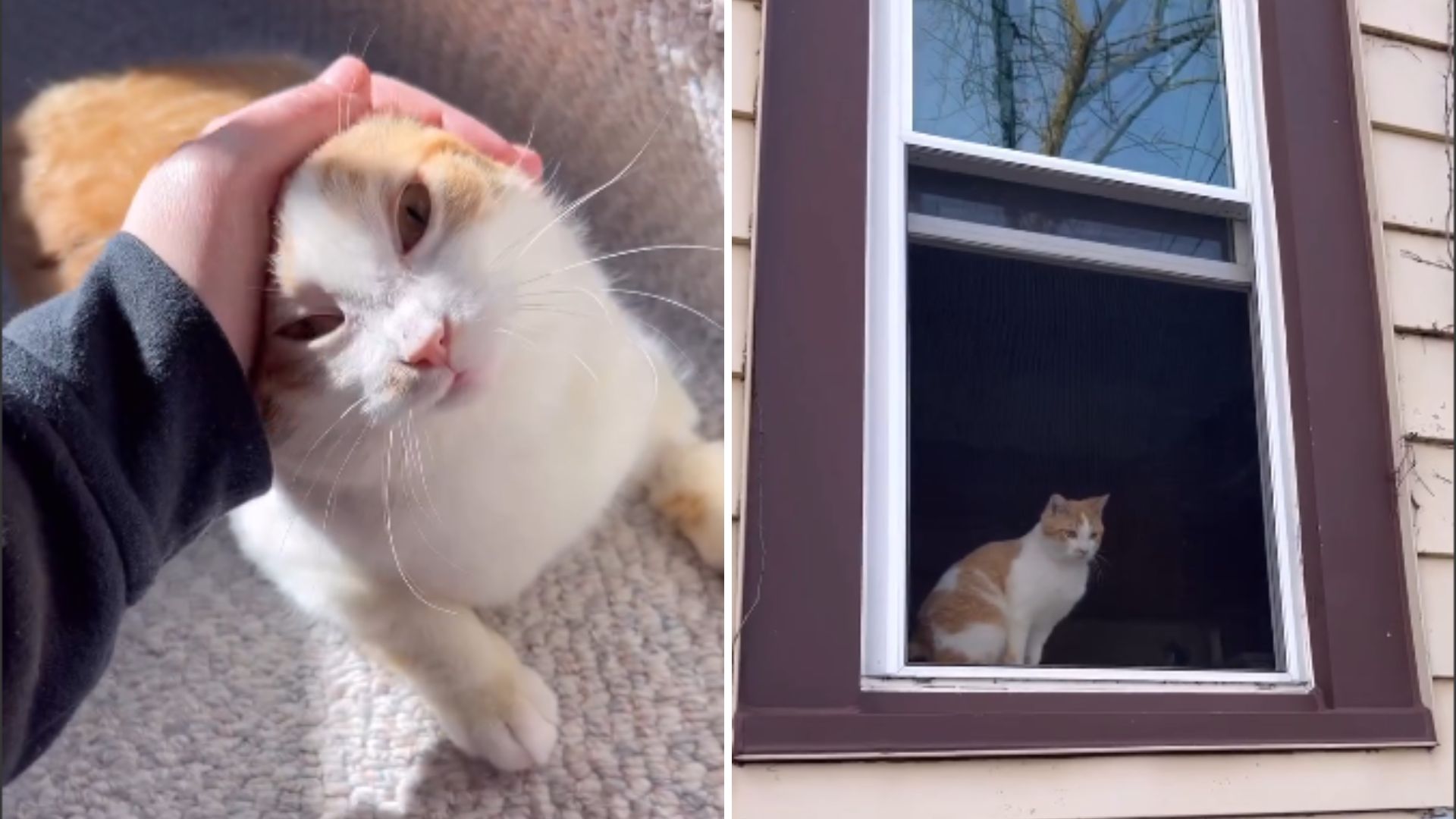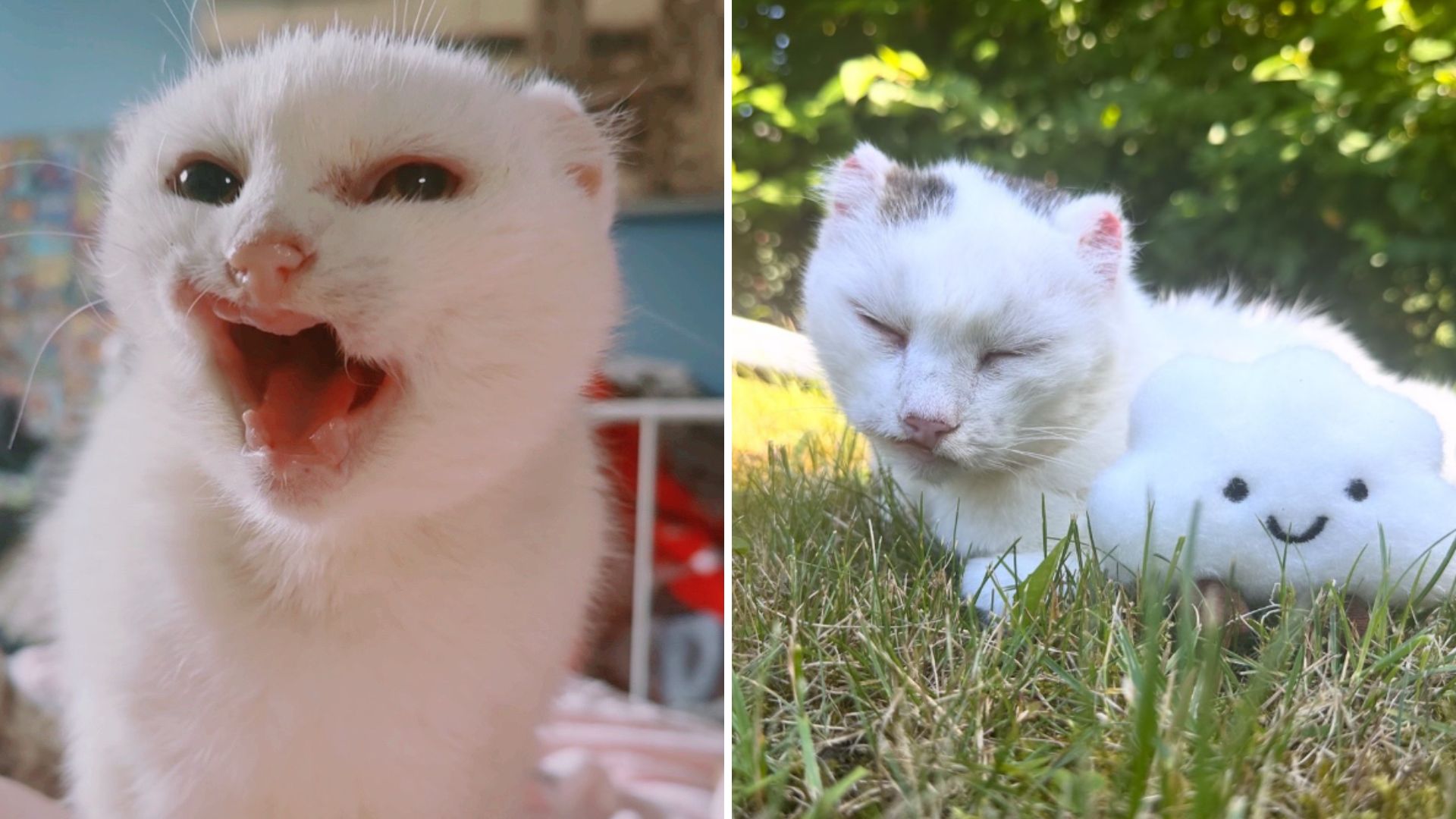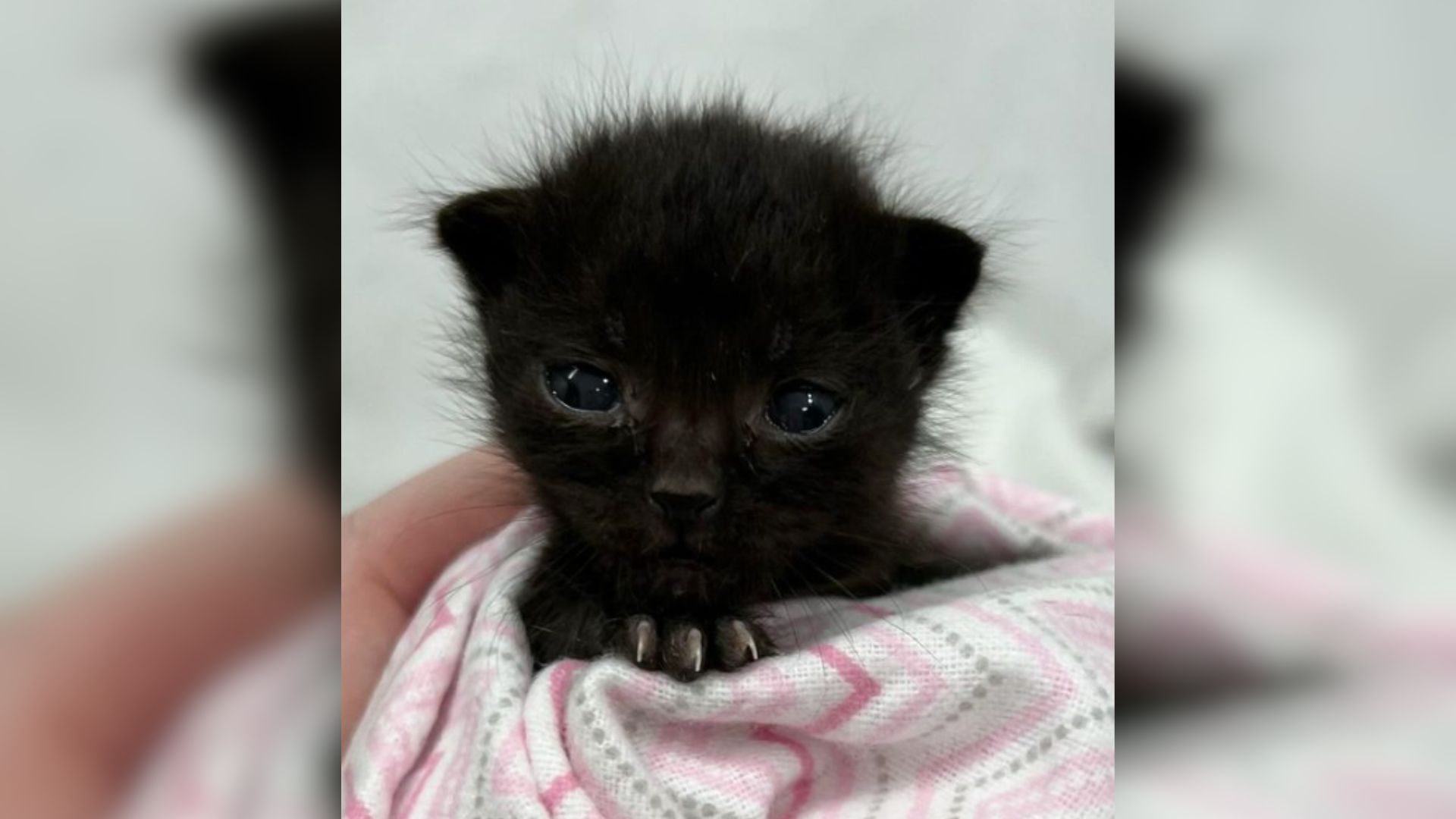Also: Climate changed restaurant menus, sandhill cranes in New Brunswick, bears waking up from their slumber — and a pesky woodpecker hits Canada where it hurts

Nature Conservancy Canada has announced that plans for the Boreal Wildlands Project are well underway. Located in northern Ontario, the private conservation agreement will be the largest ever in Canada.
Discussions to purchase the 1,500-square-kilometre parcel of boreal forest from paper manufacturing heavyweight Domtar for $7 million below market value are in progress. The target completion date is currently set for August 2022.
Previously a wood supply to pulp and paper mills, the tract of land that forms part of Hearst Forest will now be used for research and conservation by the NCC. Recognised for its abundant wildlife, the land plays host to species such as woodland caribou, moose and more than 300 species of birds. The area is twice the size of Toronto and will connect with Nagagamisis and Missinaibi provincial parks to form an ecological corridor.
Hugely important in reducing carbon, the property already stores the equivalent of the lifetime emissions of three million vehicles. The NCC will also work closely with First Nations with traditional territory on the site, such as Constance Lake First Nation, to form a conservation approach.
Not your average backyard fun

Rise and shine! As the spring season approaches, animals previously in hibernation are starting to wake up, full of life and ready to play… in your backyard.
In Coquitlam, B.C., a video taken by resident Rose Waldron shows two young black bears having a good ol’ wrestling match on her backyard trampoline. According to Waldron’s family, their backyard is a common visiting spot for bears, as it sits near a lake and the Coquitlam River. The bears, which typically live in forests, use these bodies of water for bathing and fishing, meaning they wander up to cabins or into people’s backyards.
At the Waldron residence, bear visits are so normal that they leave their gate open for any wandering bears to safely come in and out, rather than having to jump over their fence.
As bears come out of hibernation, they will be on the move looking for food, so human-bear encounters are more common than usual. This means we need to take extra precaution to ensure the safety of both bears and humans, according to Vanessa Isnardy, the program manager for WildSafeBC.
Isnardy’s number one safety advice is to ensure that bears do not become too comfortable around humans, as bears that become habituated to human food will go searching for it around homes or campsites. For this purpose, let’s all remember to not feed the bears!

A recent resident has New Brunswick birders buzzing.
The crimson-topped sandhill crane, which was spotted in April in the Tantramar Marsh near the New Brunswick-Nova Scotia border, is a unique sighting.
It’s most commonly found on the Prairies and mid-western U.S., so the fact that the crane is stopping — perhaps even breeding — in the marsh is exciting news.
A weird and wonderful bird to look at, the sandhill crane stands 1.3 metres tall and is the oldest bird species on the planet, a beautiful, long-necked, long-legged bird that looks much as it did 2.5 million years ago.
The cranes have been spotted a few times in the region over the past couple of years and Gary Donaldson, the Atlantic manager of protected areas and stewardship for the Canadian Wildlife Service, has a couple of theories. They may have been originally blown into the marsh during a storm and decided to stay, he says, or they may just be naturally expanding eastward.

Seafood restaurants will have to go with the flow, according to a new UBC study, as warming waters are projected to bring more Humboldt squid and less sockeye salmon to Vancouver menus.
The study, which examined 362 Vancouver restaurant menus over four time periods between 1880 and 2021, identified locally-caught species on the menus then determined the preferred water temperature of each. They found that the seas around Vancouver in the periods studied were warming, and as such the species that thrived in warmer waters were thriving and ultimately found their way onto seafood menus.
Humboldt squid, rarely seen on B.C. restaurant menus before the 90s, have been expanding their territory north as water temperatures rise. William Cheung, professor and director of the UBC Institute for the Oceans and Fisheries, says they will become a much more common sight for Vancouverite seafood lovers — as will sardines, which are predicted to rebound as oceans warm.
Sockeye salmon populations, on the other hand, are known to be declining in B.C. so they will likely become rarer on local menus as restaurants switch to other salmon species — or other fish species altogether.

Hell hath no fury like a determined woodpecker. Not even a plastic owl was able to scare away a northern flicker that was pecking holes into the world’s largest hockey stick in Duncan, B.C.
After spotting the hard-working bird and determining there were no nests, staff at the Cowichan Community Centre patched over the hole in an attempt to prevent any further damage. For the flicker, this was little more than an inconvenience, as it dutifully returned to peck a new hole in the Vancouver Island landmark.
Described as “an important community asset” by Lori Iannidinardo, chair of the Cowichan Valley Regional District, the giant hockey stick now has not one, but two holes.
The northern flicker, native to North America, can usually be found on the ground where it digs for food like ants and beetles. This doesn’t mean it is unable to climb up tree trunks like other woodpeckers — flickers generally nest in holes in trees that they have pecked themselves, but might sometimes nest in old, earthen burrows vacated by other ground-dwelling birds.
One explanation for this flicker’s hockey stick drilling could be that flickers, like most woodpeckers, often use drumming (the sound of their pecking) as a way to communicate or for territorial defence. It can be argued that this flicker just wanted to keep Duncan’s giant hockey stick all to itself — or to send a message out to its other woodpecker friends.
Either way, it seems as though this bird isn’t going anywhere anytime soon. For Iannidinardo and the community centre’s staff that means “a whole lot of patching” lies ahead.





